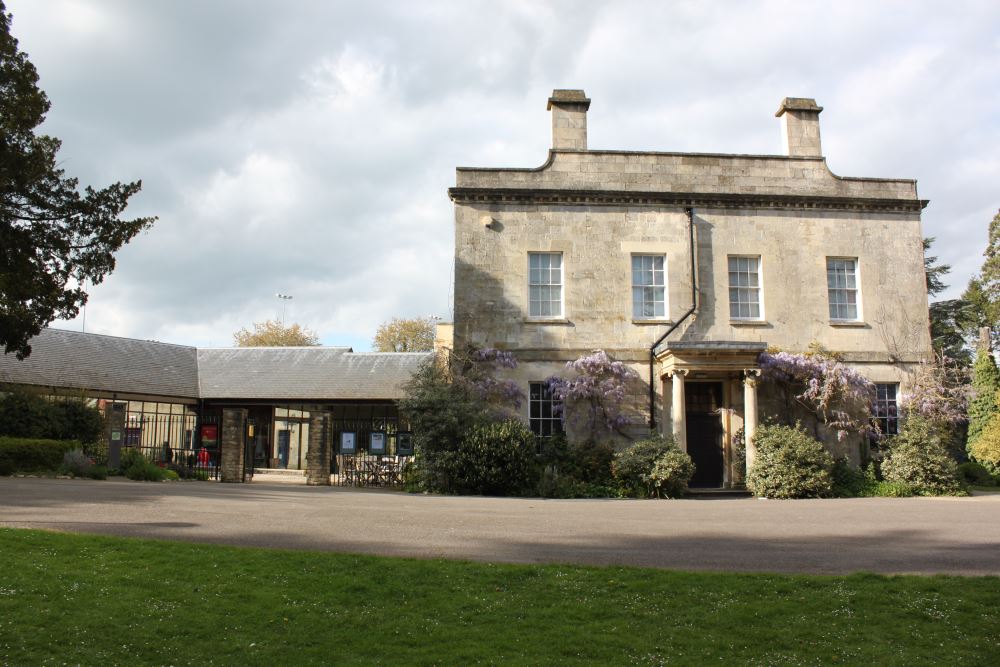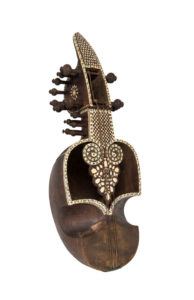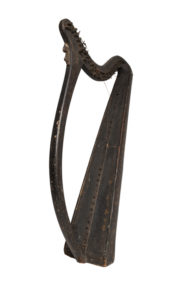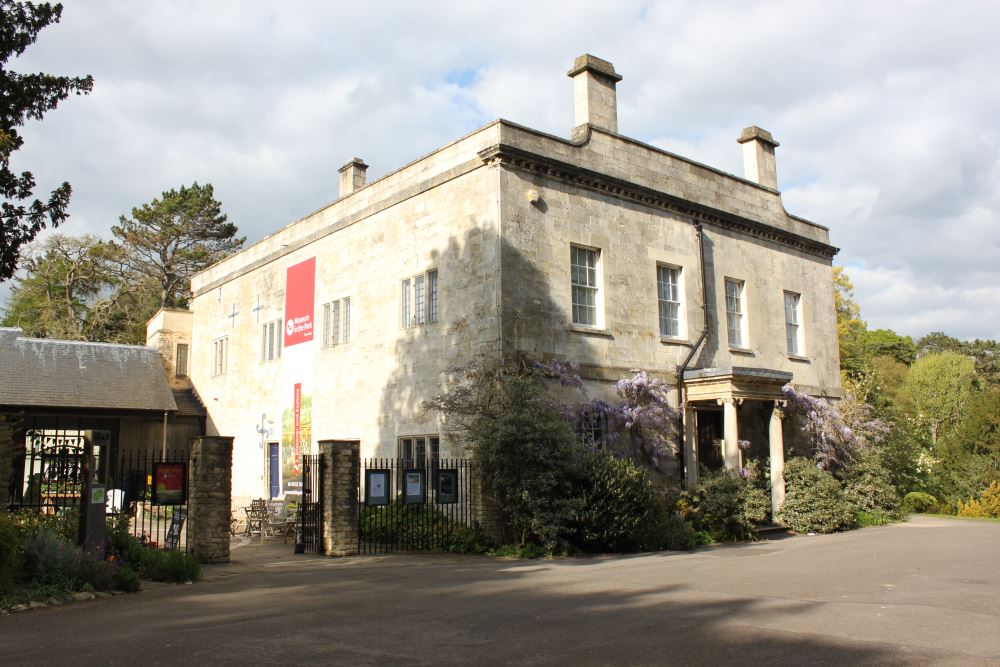The collection of the museum developed gradually from an initial focus on natural history and geology to a fuller representation of the history of the district. Gradually over time a partnership was established with the District Council and in 1983 the Museum became the Stroud District (Cowle) Museum. This led to the acquisition of the Mansion House in the beautiful grounds of Stratford Park, a grade II listed 17th century wool merchant?s house, and its fitting out as a museum - largely thanks to a Heritage Lottery Fund award. In 2001, the Museum in the Park opened telling the story of the Stroud District, for which the Council provides the management and funding, and the Trust the legal guardianship of the collections.






